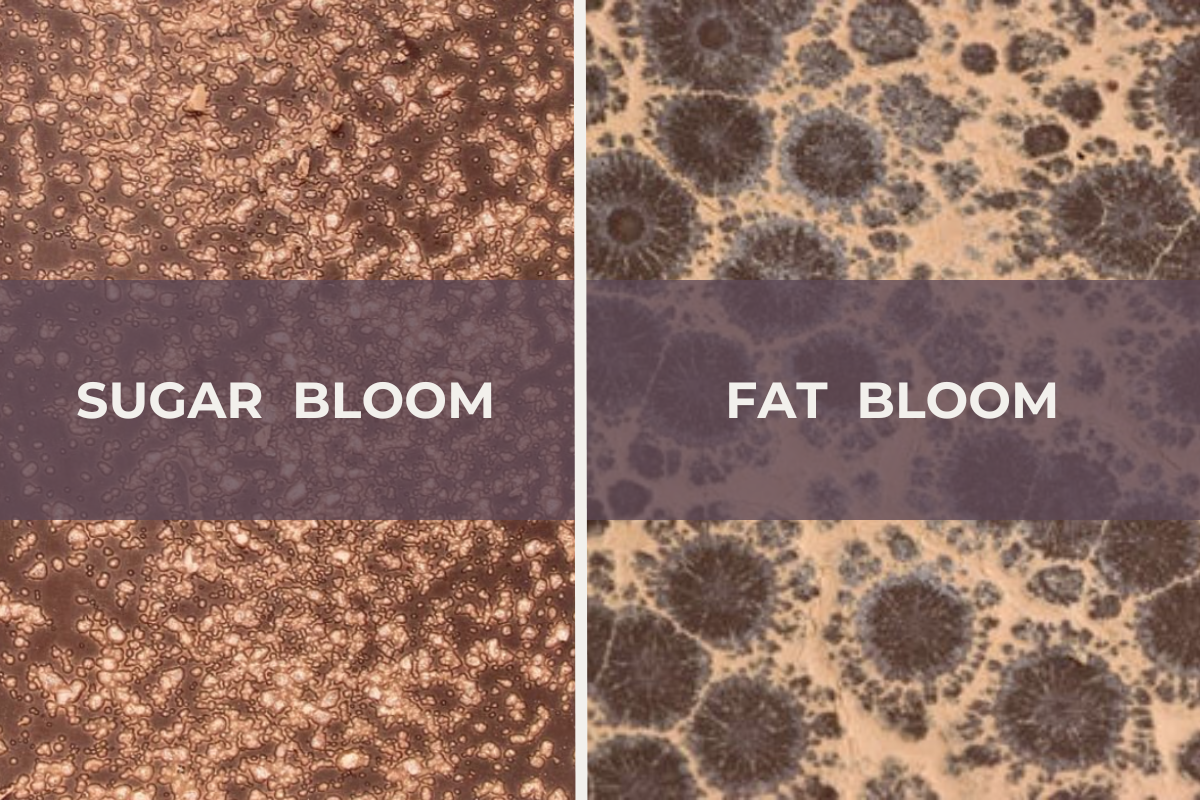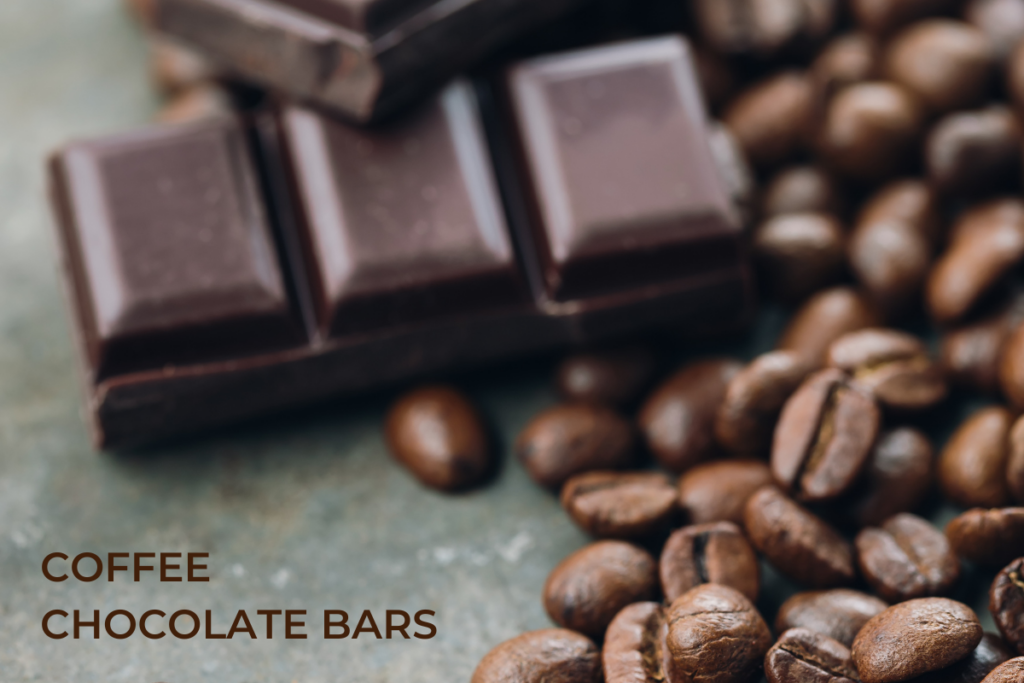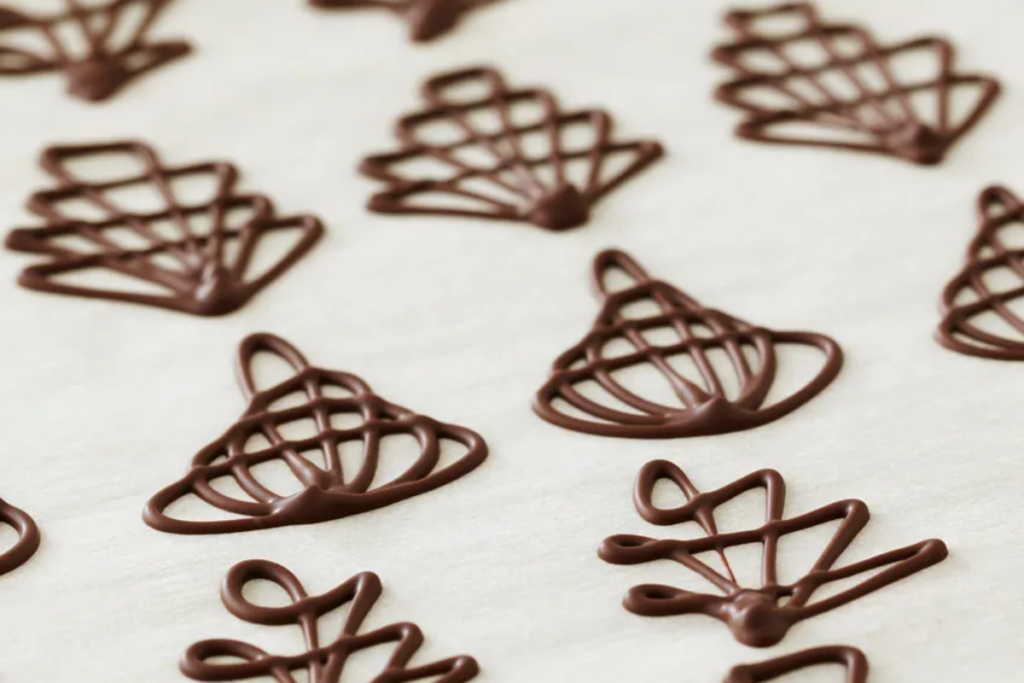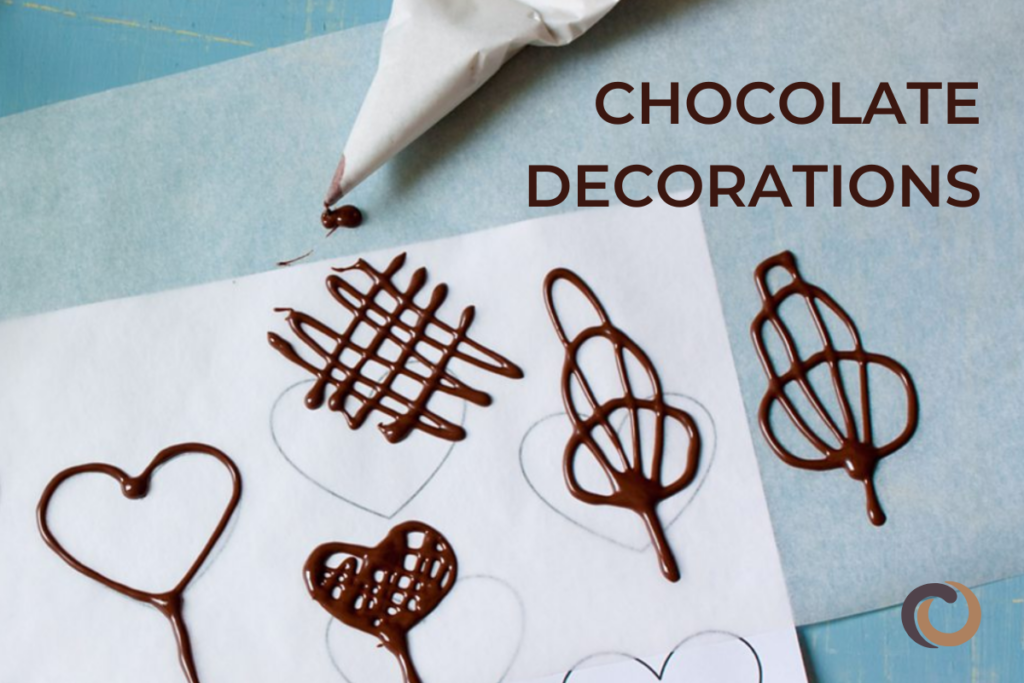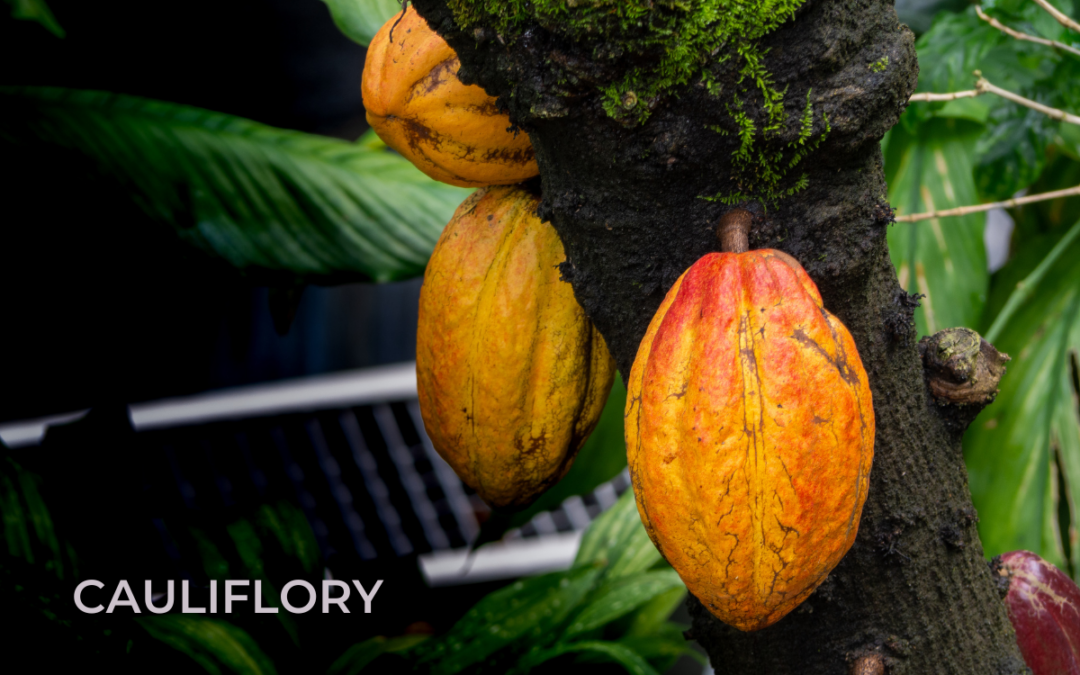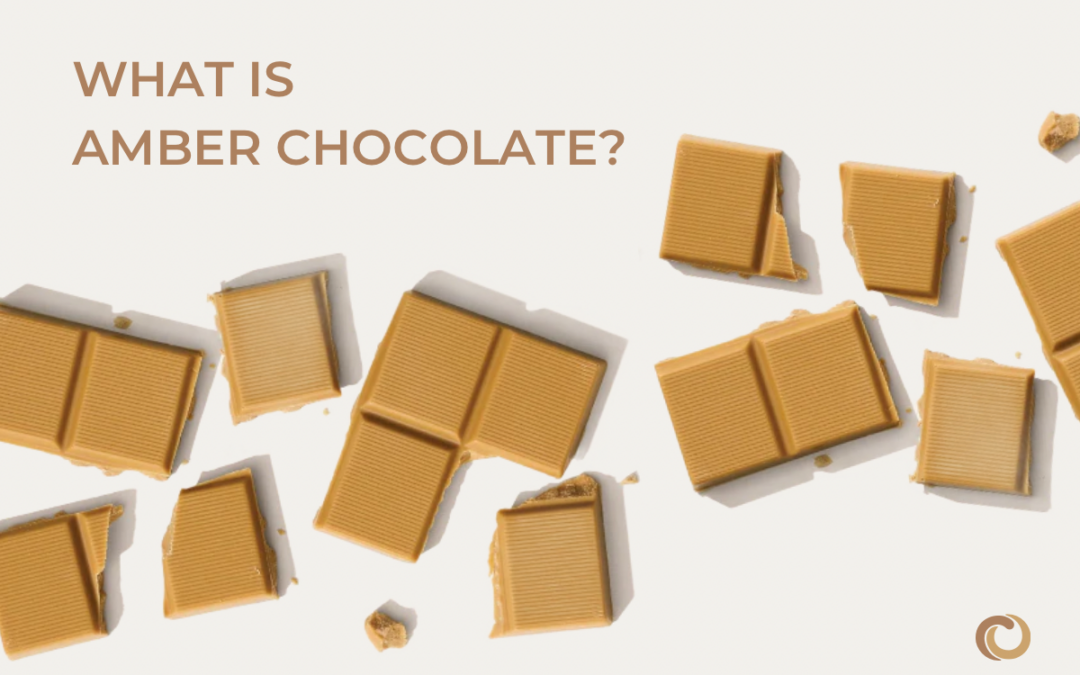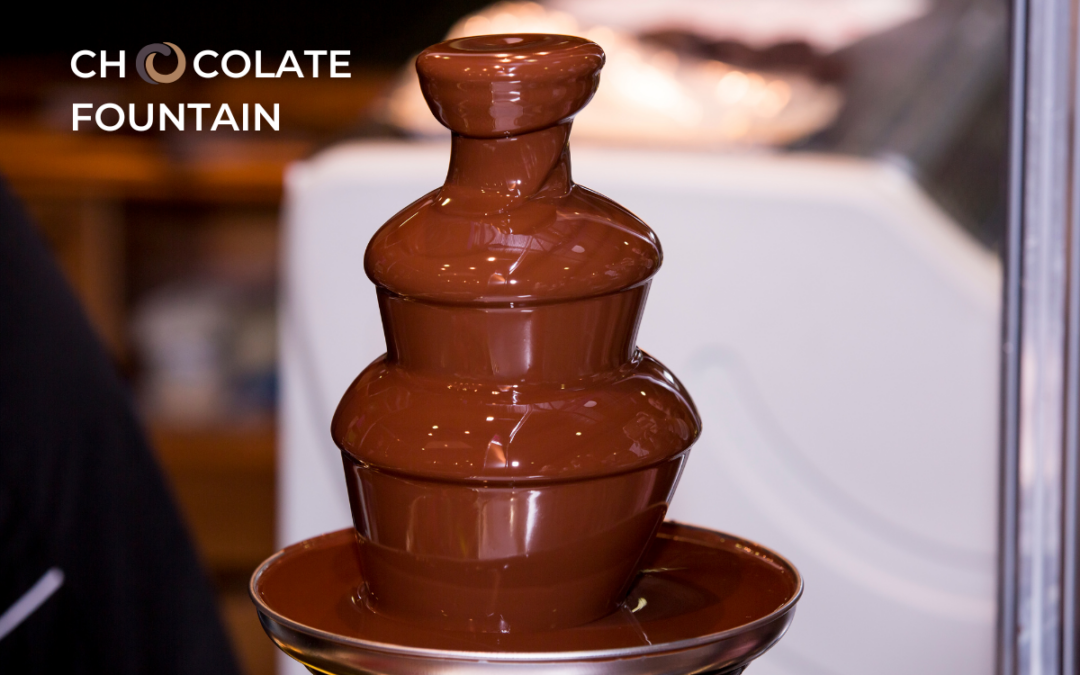We’ve all experienced this frustrating moment: You open up a box of chocolate or unwrap a bar and discover a strange white layer on it. What is this mysterious substance? Mold? Can you still eat it or do you need to throw it out?? Let’s unravel the secrets behind this white layer on top of your chocolate.
Is white stuff on my chocolate mold?
In most cases, the white layer on your chocolate isn’t mold. It’s called “chocolate bloom,” and it’s caused by exposure to high temperature or humidity. While the white layer doesn’t make the chocolate inedible, it probably won’t taste as fresh as before. However, if it looks like there are signs of actual mold, you should probably not eat it.
Learn more about chocolate bloom
How to identify mold on chocolate?
To identify mold on chocolate, examine its appearance, texture, and smell. The following are some key indicators:
- Mold typically has a fuzzy or irregular texture as seen in the photo above. If you observe any fuzzy spots on the surface of the chocolate, it could be mold.
- Mold can appear in a variety of colors, including green, white, blue, or even black. While white chocolate naturally has a white or light appearance, unusual colors on dark or milk chocolate are likely mold.
- The smell of mold can often be detected by an unpleasant odor. If the chocolate has an unusual, unpleasant scent, it might be an indication of mold.
- Mold tends to spread and grow in irregular patterns. If you notice spreading or irregular shapes on the chocolate, it could be mold.
- Inspect the packaging for any signs of damage, particularly if the chocolate has not been properly sealed. Moisture and air can cause mold growth.
- Check the expiration date on the chocolate packaging. Expired chocolate is more susceptible to mold growth (especially if it’s a filled chocolate confection), which can diminish the quality of your chocolate.
If you see any of these signs, discard the chocolate. Mold can produce mycotoxins, which are harmful substances. The risk of mycotoxin in your chocolate is generally low, but it’s better to be safe than sorry and avoid consuming chocolate with visible mold.
Remember that chocolate bloom (a whitish layer) and mold are two different things. Bloom is a cosmetic issue caused by changes in the temper of the chocolate, but it does not render the chocolate harmful. Mold, on the other hand, is a sign of spoilage and should be treated with caution.
For more great articles, check out the rest of our CocoTerra blog.
If you have any questions or comments, feel free to contact us through our social media channels. We are @cocoterra_co on Instagram and Pinterest and @cocoterraco on X (aka Twitter) and Facebook.

